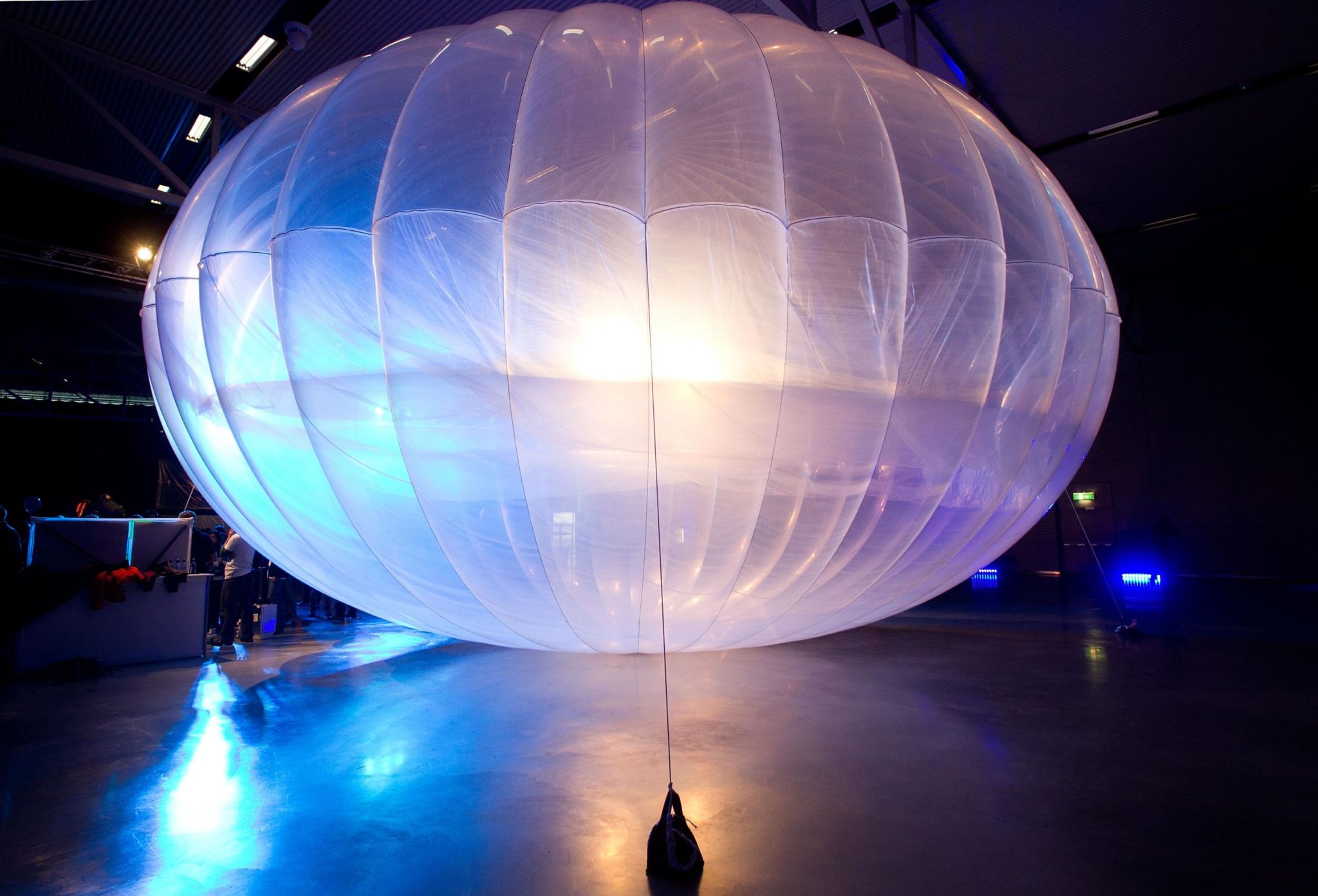Google wants to bring about internet accessibility to the remote areas including the rural areas in a seamless manner. Google has approached the aviation agency of the United Nations to allow it use the air space of its member nations through the use of balloons. These balloons will emit the internet signal for these remote locations. As per X-Lab, the wing of Google which handles the large projects, numerous helium-filled balloons will be floated in the air. It will remain in the stratosphere for emitting strong 4G signals to the remote locations of the world where otherwise; internet connection availability is a big issue.
Project Loon launched in 2013
This initiative is called Project Loon and was first launched in the year 2013. The balloon had taken off from a location in South America but had crashed in Sri Lanka over a tea garden. Google’s parent company, Alphabet had gone into a partnership with Sri Lanka for carrying out this project at Sri Lanka. It was aimed at providing internet access to all the remote areas in Sri Lanka. As per the Government statements from Sri Lanka, the balloon landing had taken place in a planned and controlled manner.
The Loon launching process has become technically more sound
As per the statement by X Lab of Google, the Loon has been further improved. The design part, creation and the launching has been bettered to give better results. As the balloons have become even stronger, it can remain floating for a much longer period than the projected 100 days. The launching process is carried out by an auto-launcher that has been customized to suit the purpose. Numerous swift launches can be carried out through these launchers. These are now highly reliable devices which can do all types of launching activities.
An agreement with the members is required
Google has been able to make the movement of the balloons in the stratosphere compatible with the air flow. It has compiled the win data along with the flight data of the balloons. The balloons accordingly can float with the help of the wind flow as available. Google has asked the member countries of the United Nation’s Aviation Agency to come into an agreement with the Project Loon for free flying of the Internet balloons n their airspace. As per X Lab sources, the coordinating roles of the civil aviation authority of the United Nations will be vital for the successful operation of the Loons.






